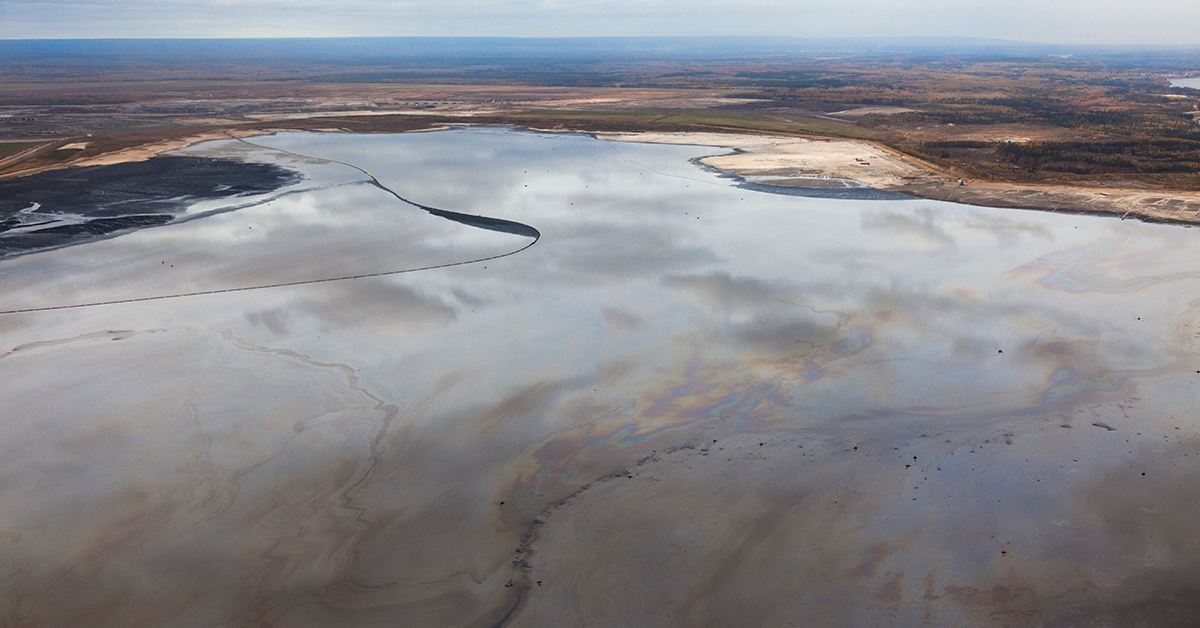CEC Council votes for the development of a factual record concerning the Alberta Tailing Ponds II submission
Montreal, 22 August 2018—The Council of the Commission for Environmental Cooperation (CEC) unanimously voted, in Council Resolution 18-01, to instruct the Secretariat of the CEC to develop a factual record with regard to Submission SEM-17-001 (Alberta Tailings Ponds II). The Submission asserted that Canada is failing to effectively enforce subsection 36(3) of the federal Fisheries Act in relation to alleged leaking of deleterious substances from tailings ponds into surface waters and the groundwater in northeastern Alberta, Canada. The Council’s vote was taken after the Secretariat recommended the preparation of a factual record.
The Council Resolution specifically directs the CEC Secretariat to develop a factual record in relation to three issues in the Submission: the state of the science on distinguishing between anthropogenic and natural sources of bitumen in water; Canada’s relationship with the province of Alberta with respect to the Submission’s assertions; and how Canada’s Oil Sands Monitoring Program (formerly the Joint Oil Sands Monitoring Program) is implemented. In its explanation, which accompanies the Council Resolution, the Council outlines why it disagrees, in part, with the scope of the Secretariat’s recommendation to develop a factual record. Specifically, the Council believes Canada’s response provided sufficient information concerning its enforcement actions and decisions.
The purpose of a factual record is to provide an objective presentation of the facts relevant to assertions set forth in a submission under Article 14 of the NAAEC (North American Agreement on Environmental Cooperation), and to allow readers to draw their own conclusions regarding a Party’s environmental law enforcement. Although a factual record does not contain recommendations, it is expected to generally outline the history of the environmental enforcement issue raised in the submission, the relevant legal obligations of the Party, and the actions of the Party in fulfilling those obligations, thus serving as a valuable information-sharing tool under the NAAEC.
For further information, please visit the CEC Submissions on Enforcement Matters website. For media inquiries, please contact Barbara Robinson at comms@cec.org.

Alberta Tailings Ponds II
The CEC SEM Process
The CEC Submissions on Enforcement Matters process supports public participation, information-sharing between governments and the public, and transparency and openness in the effective enforcement of environmental law in North America. If you have reason to believe that an environmental law is not being effectively enforced by Canada, Mexico or the United States, the SEM process may address your concerns.
As of 1 July 2020, the CEC’s SEM process is governed by USMCA Articles 24.27 and 24.28 of the Environment Chapter of the free trade agreement between Canada, Mexico and the United States (CUSMA, T-MEC, USMCA).
Want to learn more about the SEM process? Please watch this two-minute video for an introduction: